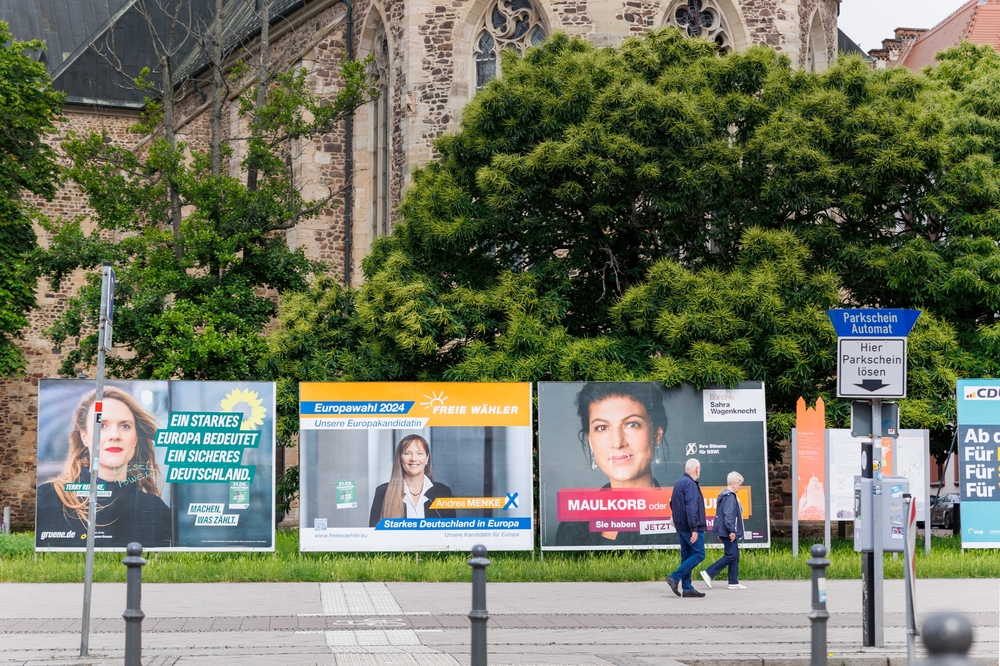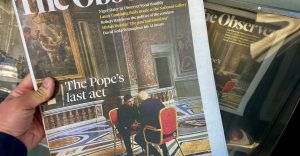As Germany prepares for its upcoming federal election in just a few weeks, social media is becoming a breeding ground for false claims about politicians and political parties.
Others are reading now
Many people online, including Konstantin von Notz, from the German Green Party, have stumbled upon election material on online platforms such as X, formerly known as Twitter.
In particular, an AfD election poster featuring an illustration of an airplane, with lightning-like symbols placed in front of its engines has been brought attention.
Many users accused the far-right party of embedding Nazi-associated symbols, such as the infamous Sig runes, used by the German SS during World War II.
One Reddit post even claimed, “AfD incorporates SS symbols into their ‘remigration’ poster.”
Also read
While the poster itself is indeed genuine and has been spotted at various AfD campaign stands, the claim that the party deliberately inserted Nazi imagery is false.
The actual poster uses imagery that the party has taken from the American stock photo site Getty images, and is therefore not imagery specifically created to contain Nazi symbolism.
Fake News and AI Threaten Democratic Elections
The use of fake news is rampant in the German elections, however, and are being reinforced by use of AI tools.
Shortly before the poster controversy, an AI-generated election ad from AfD Brandenburg also made waves.
Shared through the party’s official channel, the video depicted SPD Health Minister Karl Lauterbach being escorted away by two police officers, accompanied by the caption: “For politicians who must take responsibility when they deliberately ruin our country.”
Fake videos like these can be very hard to detect, and they can influence people to believe a false narrative.
As the German election draws closer, these cases of misinformation highlight the growing challenge of distinguishing fact from fiction in political discourse.
With social media playing a central role in shaping public opinion, false claims (whether deliberate or accidental) can have real consequences.
Voters are encouraged to verify information and rely on reputable sources before believing or sharing politically charged content.








